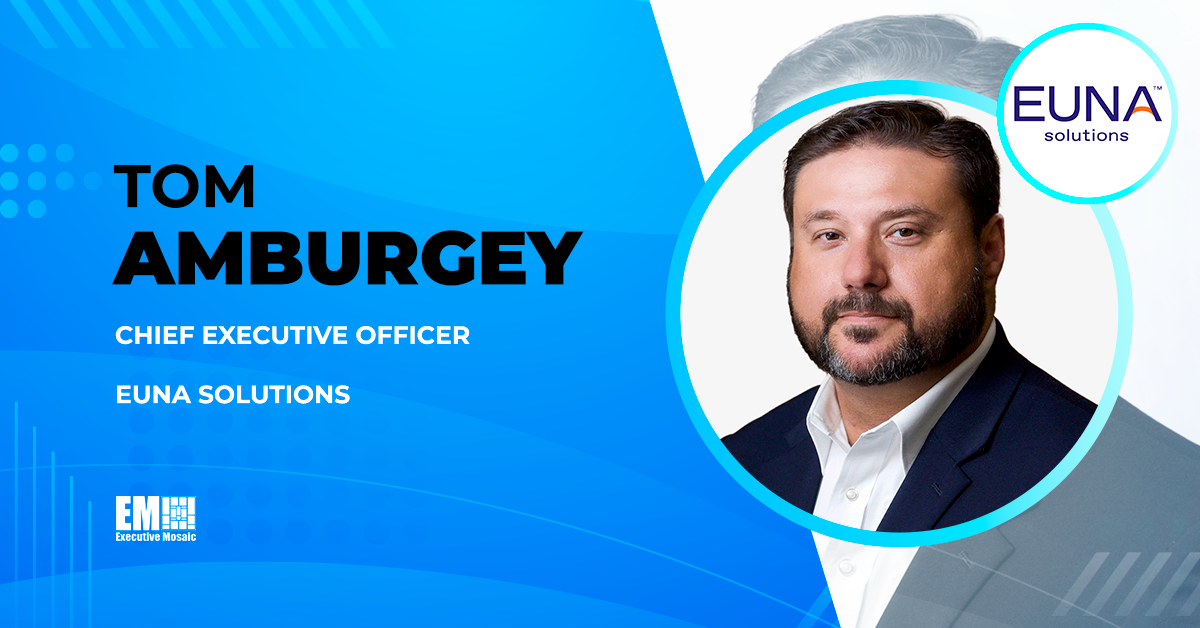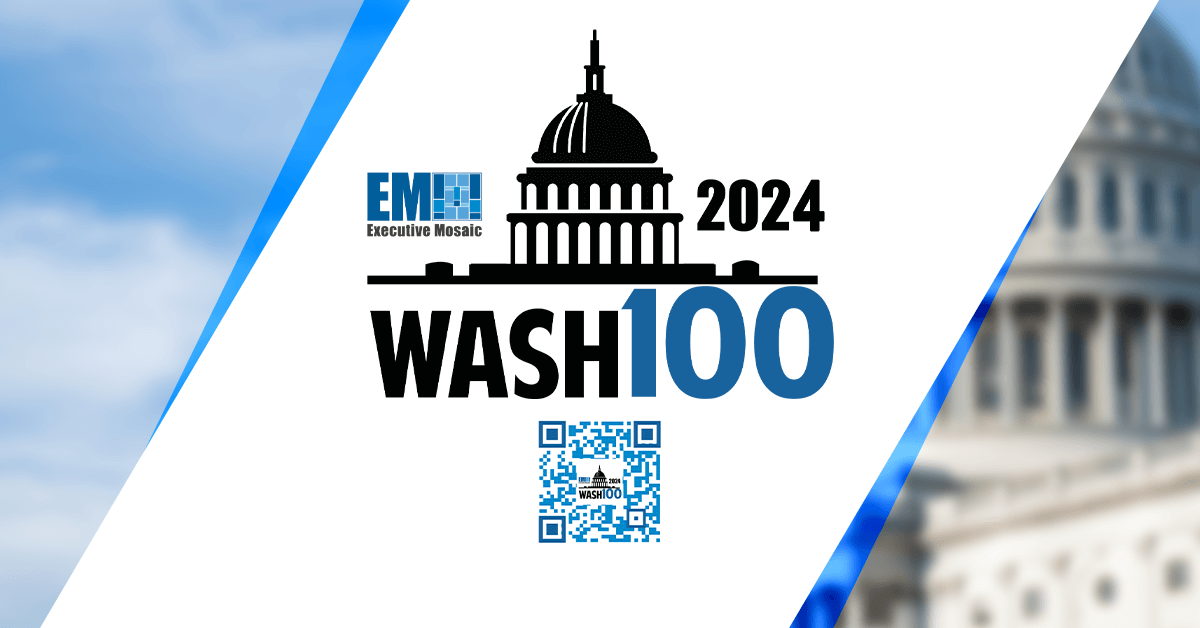Rich Wilkinson, senior director of industry marketing at Unanet, has published his latest article as a part of Executive Mosaic’s GovCon Expert program exploring the results from the 2022 GAUGE Report and how they’re directly impacting the state of how government contractors are driving their businesses in comparison to their competitors.
GovCon Expert Rich Wilkinson provided an indepth look into the biggest challenges facing the GovCon industry, including the overall economy as well as the increasing competition for government contracts and the issues of resources and talent recruitment.
You can read Rich Wilkinson’s full GovCon Expert article below:
The Good, the Bad and the Biggest Challenges Facing GovCons
By Rich Wilkinson
To be a government contracting firm today is to live with dichotomy. Climbing win rates and a coming surge in government spending on infrastructure and other programs provide plenty of reason for optimism. But that outlook is tempered by lingering uncertainty surrounding issues like supply chain constraints, a flagging economy, rising interest rates and a talent shortage.
Amid the many compelling storylines to emerge from the 2022 GAUGE Report from CohnReznick and Unanet, an abiding but guarded sense of optimism within the government contractor community comes through loud and clear.
This year, 68% of the 1,100 GovCon execs we surveyed (the vast majority from the C-suite) indicated they are either very optimistic or cautiously optimistic about their business. That’s not to suggest they’re entirely comfortable, however.
In the sixth edition of the annual report (accessible for free download here), more than 40% of companies with fewer than 100 employees expressed an outlook on the current business environment that ranged from neutral to very pessimistic.
As for the cause of that unease, the government contracting decision-makers surveyed identified several issues keeping them awake at night:
- Resource recruiting and retention, the issue they’re losing the most sleep over in light of the Great Resignation. The same issue ranked second in last year’s survey.
- The overall economy vaults from fourth to second on their list of issues.
- Increasing competition for contracts remains a major concern.
The theme of the sixth annual GAUGE Report is “Reimagining how we work,” and this year’s findings reveal several important ways in which government contracting firms are indeed reimagining their approaches to recruiting, retaining and managing people. For example:
- Close to 70% of respondents are employing a fully remote or hybrid work environment, while just 15% require a full-time work location at HQ or a satellite office.
- While 43% of respondents reported their employee turnover hasn’t changed much as a result of the pandemic, about one in five (21%) said they have successfully implemented significant changes to hiring and retention approaches. Larger companies seem to be leading the way in making hiring and retention changes that are working.
- The pandemic has been a double-edged sword for government contracting firms. On the positive side, close to 70% of firms indicated that hybrid work has been a benefit. But at the same time, about half (49%) of responding firms said their ability to recruit and maintain staffing has worsened as a result of the pandemic.
Each year since 2017, the GAUGE Report has provided government contracting firms with important benchmarks to measure themselves against their peers in five key areas. Let’s take a closer look at a few of our most compelling findings in each of those areas:
Government contract compliance. This year’s findings highlight a growing emphasis on accounting systems:
- Two-thirds of respondents indicated an adequate accounting system
- was frequently or always required in DOD solicitations.
- More than half of respondents (52%) reported having no audits in the past year; 25% reported being subject to an incurred cost audit and a similar share were subject to an accounting system audit.
- With regard to CMMC (Cybersecurity Maturity Model Certification), 27% of respondents said they expect to earn CMMC Level 2 status, while 24% expect to earn CMMC Level 1 status. What’s surprising here is that 27% of executives said they don’t yet know which CMMC level to expect for their firm.
- 83% of firms reported less than $10,000 in questioned costs over the last year. While having costs in an incurred cost submission question remains a common occurrence, we attribute this peak to the increase in “low-risk” memos out of DCAA.
Accounting. A few notable accounting-related trends emerged or solidified in the 2022 GAUGE Report
- Continued progress in DSO performance. One in seven companies (14%) report they are paid within 15 days on average, while 40% said they average a DSO of 30 days or less. This is a marked improvement from just two years ago, when just 5% of firms reported a DSO of 15 days or less.
- Government contracting firms appear to be a hot investment commodity, as more than one-third (35%) of respondents reported plans to be on the buy side or the sell side of an acquisition in the coming year. Among those, there were about twice as many expected buyers as expected sellers.
- Among the financial challenges that firms face nowadays, respondents most often named organic growth and federal spending uncertainty as first or second on the list. Benefit
- parity showed up in the top six for the first time this year with 20% of respondents putting that as first or second on their list.
Utilization. Managing people, subcontractors and consultants is a constant challenge for firms. Among the interesting utilization-related trends in this year’s GAUGE Report:
- More firms reported elite project performance, with a majority of companies indicating 85% of their projects on/under budget and 87% on time.
- More companies reported a level of maturity in their project management than at any time in the history of the report, as about 70% rated their project management capabilities as either very or somewhat mature.
- Resource management topped the list of project management challenges with inexperienced project managers a more acute issue for smaller firms.
- Growth expectations (in terms of headcount) have tempered, with the number of respondents expecting significant growth falling from 40% just four years ago to around 20% this year. Still, 70% of all respondents expect their headcount to at least grow slightly or remain the same in 2022.
Growth. This year’s report offers plenty of compelling insight into the growth occurring across the government contracting world:
- Both projected and actual win rates more than doubled at the highest end (76-100%) over last year, fueled in large part by a significant increase in win rates reported by firms with fewer than 100 full-time employees.
- The share of companies reporting a positive rate of revenue growth jumped 24% from last year.
- Personal relationships with partners and customers remains the most-relied-upon approach to finding new opportunities, with market intel tools like FedBizOpps and GovTribe a close second. Yes, this business is still about who you know.
- DEIB programs (short for diversity, equity, inclusion and belonging) are gaining prominence as a solicitation requirement. One in six respondents reported seeing requirements to address DEIB in 25% or more of their proposals. The growing emphasis on DEIB is a trend to watch in years to come.
Efficiencies. Winning the right work, attracting and retaining the right workforce, and generally running a lean, efficient business, are huge contributors to a firm’s success. On the efficiency front in this year’s survey:
- Fringe rates continued a five-year downward trend, falling to a level among the smaller firms that seems barely sufficient to cover payroll taxes and paid absences. Could this hint at the root of some of the recruiting and retention issues?
- Employee morale costs debuted at the top of the list of indirect cost issues and deficiencies for companies with more than 100 employees. This jibes with the perceived need to improve workplace culture to attract and keep a stable and effective workforce.
To what extent do these issues ring true for your firm? How does your company compare to its peers in key areas? There’s much more to the 2022 GAUGE Report than what’s detailed here.
To continue the journey toward a better understanding of how your firm stacks up relative to its peers, download the full report here and check out our benchmarking site at www.gaugebenchmarking.com.
About GovCon Expert Rich Wilkinson
Rich Wilkinson is Senior Director of Industry Marketing at Unanet, a leading provider of software solutions purpose-built for GovCon firms. A compliance specialist, Wilkinson has spent the last 25 years in executive roles with prominent GovCon accounting software companies.
Prior to that he was a controller for Washington, D.C., area government contractors and before that, he served as a contracting officer with the Naval Air Systems Command.






